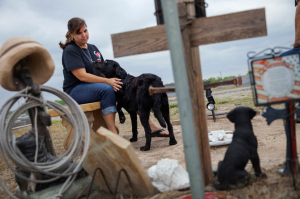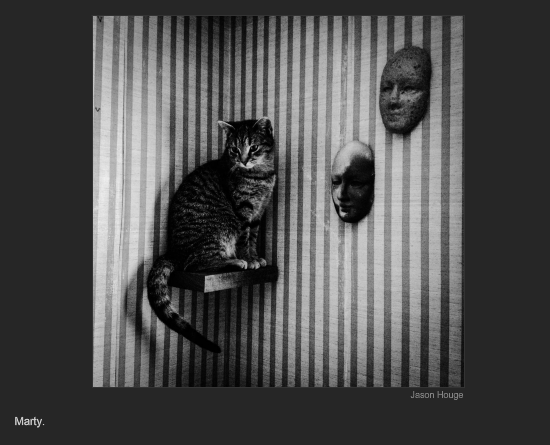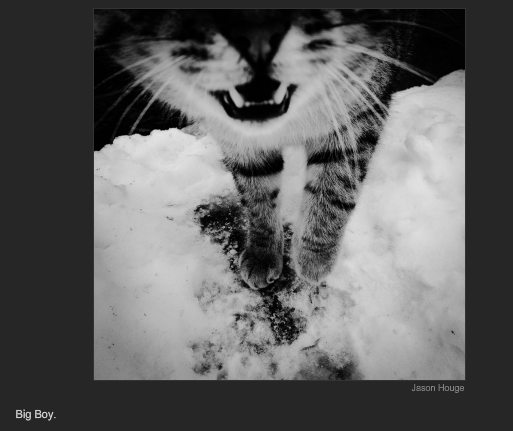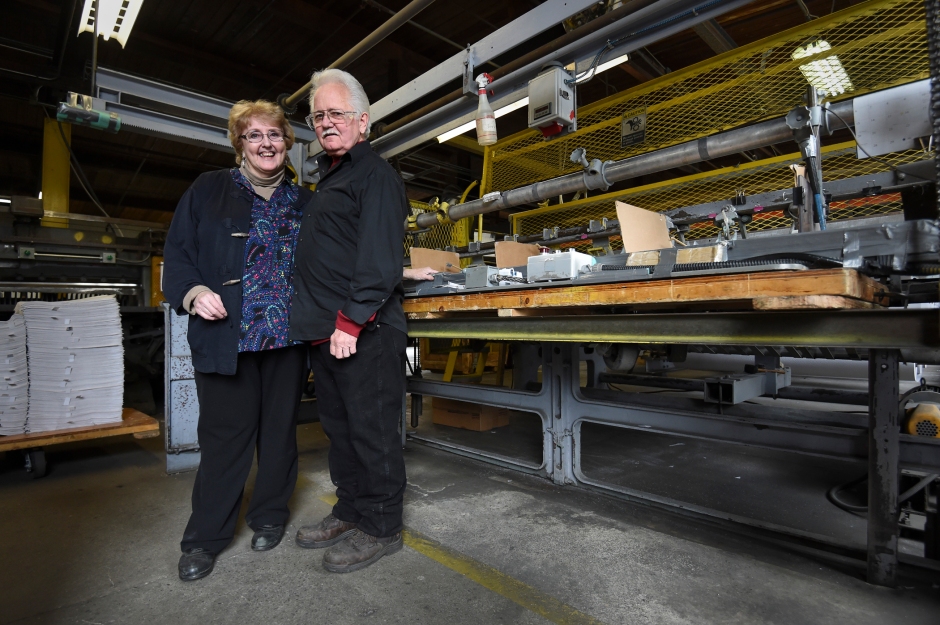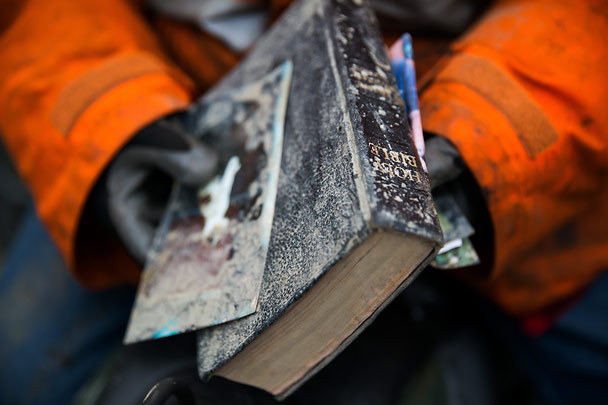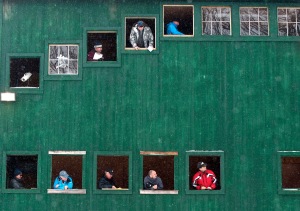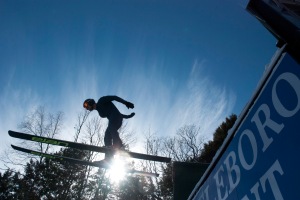There are so many incredible, heart-wrenching photographs and photo essays done on war zones and amidst conflict these days. We are so bombarded with images of devastation and loss that it can be difficult to make work done in conflict zones stand out. This collection of photos by Australian photographer Adam Ferguson stands out because it’s a totally new perspective. It shows the relationship between man and man’s best friend and its strength despite the devastation and loss of war. Ferguson shows the loyalty and bonds these “dogs of war ” and soldiers share. It’s a really heartwarming and emotional package of images and I think Ferguson did an amazing job capturing the connections and love.
Link to the full photo essay published by National Geographic here: http://ngm.nationalgeographic.com/2014/06/war-dogs/ferguson-photography#/01-cchaz-belgian-malinois-670.jpg
(Photographs by Adam Ferguson) Sergeant Bourgeois clips Oopey’s toenails before a mission in Afghanistan. Handlers care for their dogs’ every need, learning canine CPR as well as how to spot canine post-traumatic stress disorder, which afflicts some 5 percent of deployed dogs.
(left) Marine Cpl. John Dolezal poses with Cchaz, a Belgian Malinois, at Twentynine Palms in California. Dogs bred at Lackland Air Force Base in Texas, the military’s primary canine facility, are given names that begin with a double letter.
(right) A black Lab named Eli comforts Kathy Rusk at the Texas gravesite of her son, Marine Lance Cpl. Colton Rusk, killed in Afghanistan in 2010. Colton and Eli worked together in IED detection. Kathy and her husband later adopted Eli and put a small statue of a Lab on the grave.


